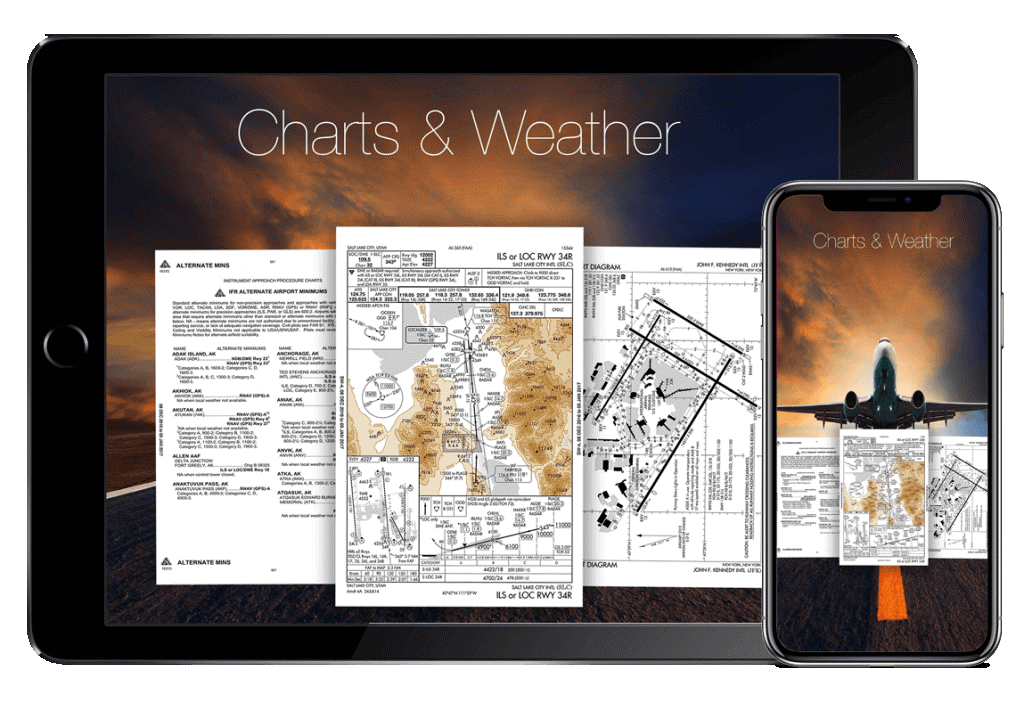Airplane accidents can stem from various causes, including malfunctions, equipment failure, human error, or adverse weather conditions. Nevertheless, many of these issues can be effectively addressed and mitigated, and FlyGo offers a suite of applications designed to prevent such incidents.
Checking the weather condition
The initial step in flight preparation is ground preparation. As a preliminary measure, it is crucial to ascertain that the weather conditions are suitable for flying. It is advisable to check weather information the day before and on the day of the flight. Continuous monitoring of weather-related data during the flight is also essential, and the FlyGo Aviation Route Planner app proves invaluable in assisting pilots in this aspect.

Ground Preparation
Following weather checks, the ground preparation phase begins. A comprehensive check of the aircraft’s condition is imperative during this stage before each takeoff. It is essential to verify the correct functioning and stability of every component, including instruments, lights, and documentation. Confirming the presence of aviation fuel of adequate quality, free from contamination or waterlogging, is crucial. The exterior of the aircraft, encompassing the engine, rotor, blades, windshield, ailerons, and other components, should be thoroughly inspected for visible damage. Additionally, checking various gaps is advisable to ensure no animals or insects have taken residence. Employing a checklist during this inspection is a prudent practice.

Route planning and communication
The route planning stage involves careful consideration of the destination airport and the identification of alternate airports in case of necessary diversions during the flight. Pilots should remain attentive to avoiding prohibited or restricted airspace and calculate fuel consumption accurately to ensure reaching the destination or an intermediate airport. Reliable navigation tools play a vital role in this process, and FlyGo provides various navigation applications for pilots.

The Direct-to-Aviation GPS application, for example, is easily usable offline for quick route planning. For more intricate route planning, Air Navigation offers a detailed application with access to useful navigation details and features a topographical map. The US EFB Aviation Charts from FlyGo provide access to the entire database of airspace and airports in the USA.

Effective communication is paramount during flight, particularly in proximity to airports and waypoints, where the risk of collision is highest. It is essential to stay informed by following air traffic and aeronautical information and communicating accurately. Providing precise flight information is a key strategy to prevent accidents.
In the event of encountering a problem during the flight, pilots are advised to adhere to the sequence: Aviate, Navigate, Communicate.

In conclusion, FlyGo’s suite of applications offers comprehensive support to pilots in ensuring safe flights. By adopting thorough pre-flight checks, meticulous route planning, and effective communication practices, aviators can significantly reduce the risk of airplane accidents. Stay informed and prioritize safety with FlyGo applications!

If you want to learn more about flying check out our other blog posts by clicking here!
Have a safe flight,
Team FlyGo-Aviation

